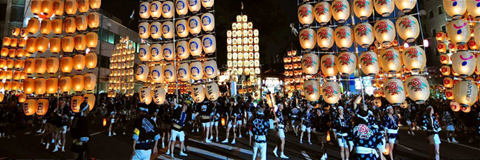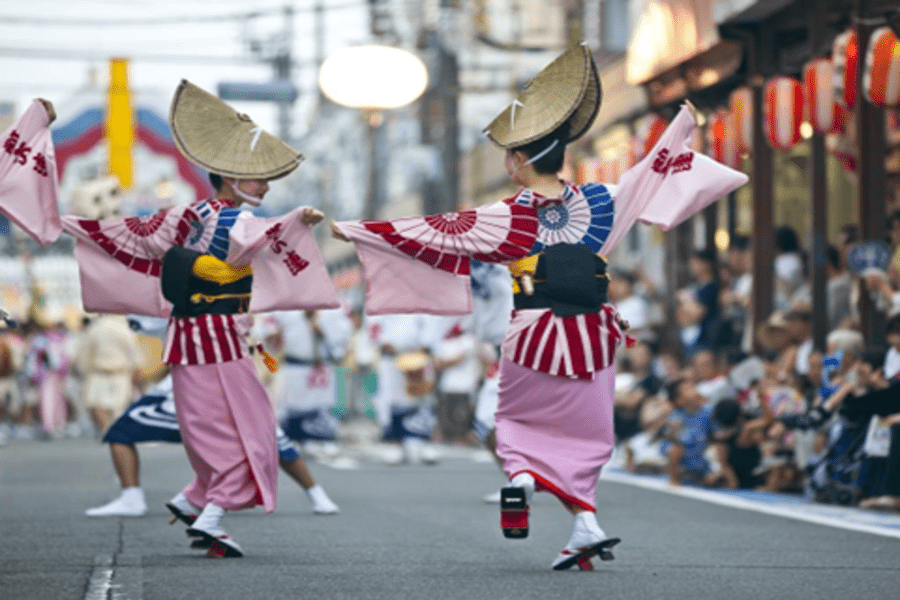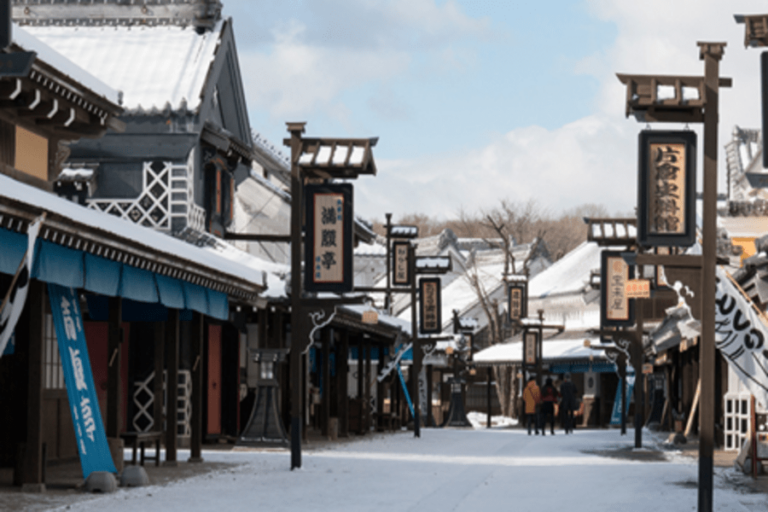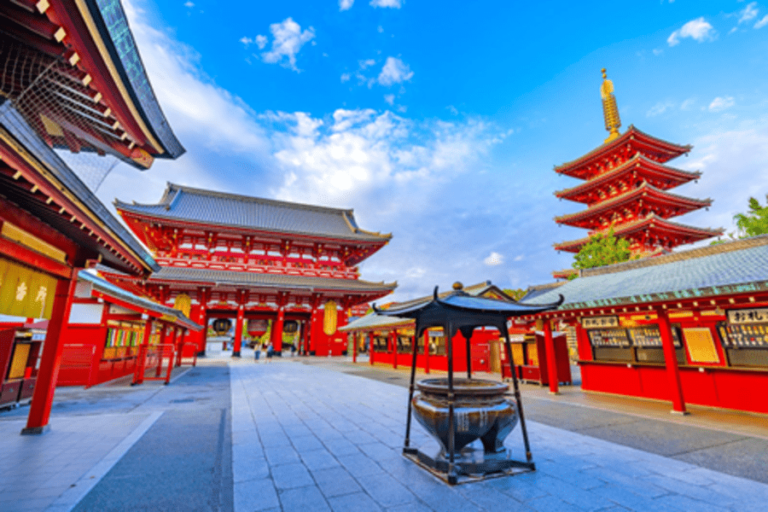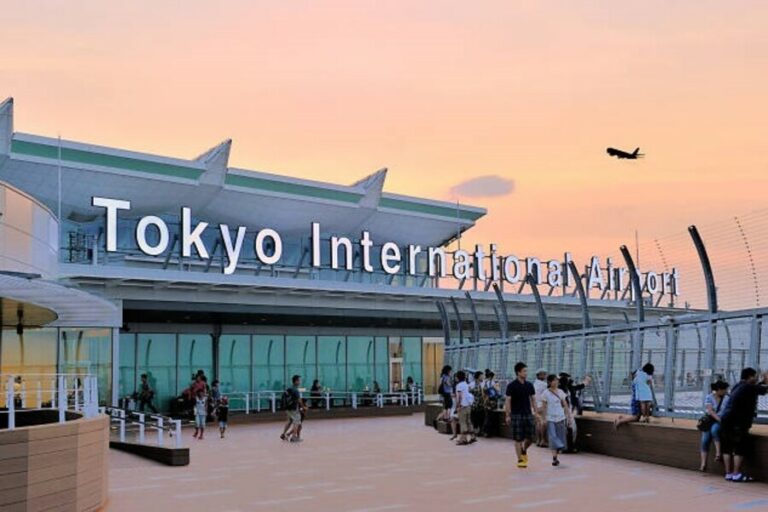Japan, a country deeply rooted in cultural traditions, boasts a vibrant tapestry of festivals that capture the essence of its rich history, spirituality, and community bonds. From dazzling cherry blossom festivals to spirited summer celebrations, each event carries its unique charm and significance. In this exploration, we unveil some of Japan’s grandest festivals, where the streets come alive with color, music, and centuries-old traditions.
Cherry Blossom Festivals (Hanami):
Description:
Hanami, meaning “flower viewing,” is a celebration of the fleeting beauty of cherry blossoms. Across Japan, especially in Tokyo and Kyoto, parks and castle grounds transform into a sea of delicate pink and white blossoms during March and April. Locals and visitors gather for picnics, music, and festivities under the blooming sakura trees, creating a magical atmosphere that symbolizes renewal and transience.
Gion Matsuri (Kyoto):
Description:
Gion Matsuri, one of Japan’s most famous festivals, takes place in Kyoto throughout July. It features a month-long celebration of processions, parades, and traditional events. The highlight is the Yamaboko Junko parade, where enormous wooden floats adorned with intricate tapestries navigate Kyoto’s historic streets. The vibrant colors, lively performances, and cultural displays make Gion Matsuri a captivating spectacle.
Awa Odori (Tokushima):
Description:
Originating in Tokushima on the island of Shikoku, Awa Odori is a lively dance festival held during the Obon season in mid-August. Thousands of dancers, dressed in colorful traditional attire, fill the streets with spirited performances accompanied by taiko drums and shamisen music. The infectious energy and rhythmic dances of Awa Odori attract participants and spectators alike, making it one of Japan’s most exuberant festivals.
Nebuta Matsuri (Aomori):
Description:
Aomori’s Nebuta Matsuri, held in August, is a mesmerizing lantern festival featuring large illuminated floats known as “nebuta.” Elaborately crafted with intricate paper and silk designs depicting historical and mythological scenes, the floats are paraded through the streets accompanied by traditional music and dance. The festival’s radiant glow and dynamic displays attract millions of visitors each year.
Tanabata (Various Locations):
Description:
Celebrated on July 7th, Tanabata, also known as the Star Festival, originated from Chinese folklore. Across Japan, particularly in Sendai and Hiratsuka, vibrant paper decorations are hung in public spaces, symbolizing the reunion of two celestial lovers, Orihime and Hikoboshi. The festival is a time for making wishes and participating in various cultural events, including traditional dances and parades.
Sanja Matsuri (Tokyo):
Description:
Tokyo’s Sanja Matsuri, held in May, is a lively Shinto festival celebrated at Asakusa Shrine. The highlight is the Mikoshi (portable shrine) procession, where elaborately adorned mikoshi are carried through the streets by enthusiastic participants. The festival exudes a boisterous energy with traditional music, dance, and a lively atmosphere that reflects the spirit of Tokyo.
Kanda Matsuri (Tokyo):
Description:
Held in odd-numbered years in mid-May, Kanda Matsuri is one of Tokyo’s major festivals. The highlight is the procession of over a hundred mikoshi, including the spectacular “horen” (phoenix-shaped float), through the streets surrounding Kanda Myojin Shrine. The festival combines ancient traditions with modern elements, attracting participants in colorful Edo-period costumes.
Conclusion: A Kaleidoscope of Culture
Japan’s festivals are a testament to the country’s cultural richness and the enduring spirit of its people. Whether it’s the enchanting cherry blossoms, the rhythmic dances of Awa Odori, or the illuminated floats of Nebuta Matsuri, each festival offers a glimpse into the heart of Japan’s traditions. As you navigate the crowded streets, savor the tantalizing street food, and witness the vibrant performances, you become part of a living tapestry—a kaleidoscope of colors, sounds, and cultural heritage that defines Japan’s grandest celebrations. So, immerse yourself in the festivities, capture the moments, and experience the magic of Japan’s most splendid festivals.
